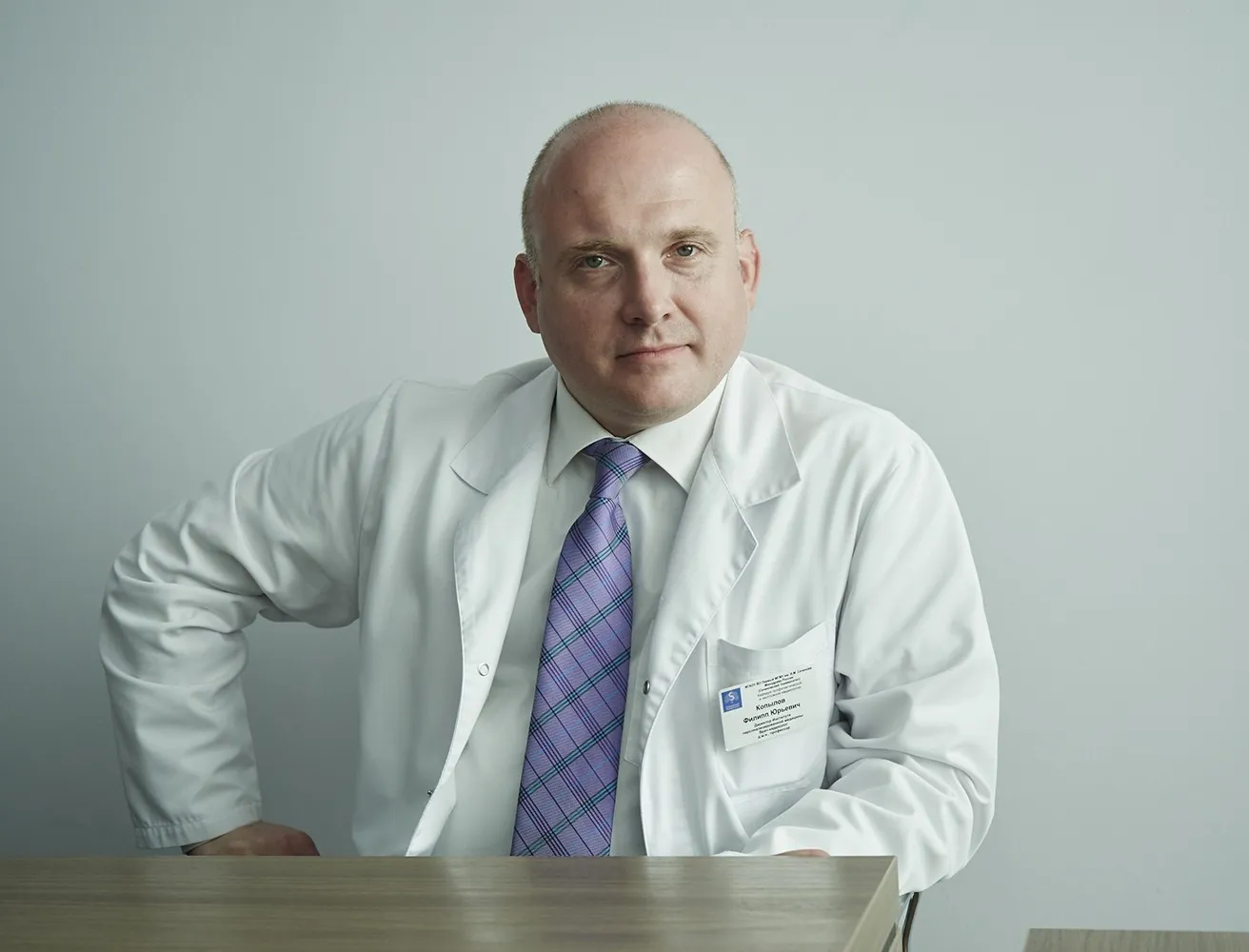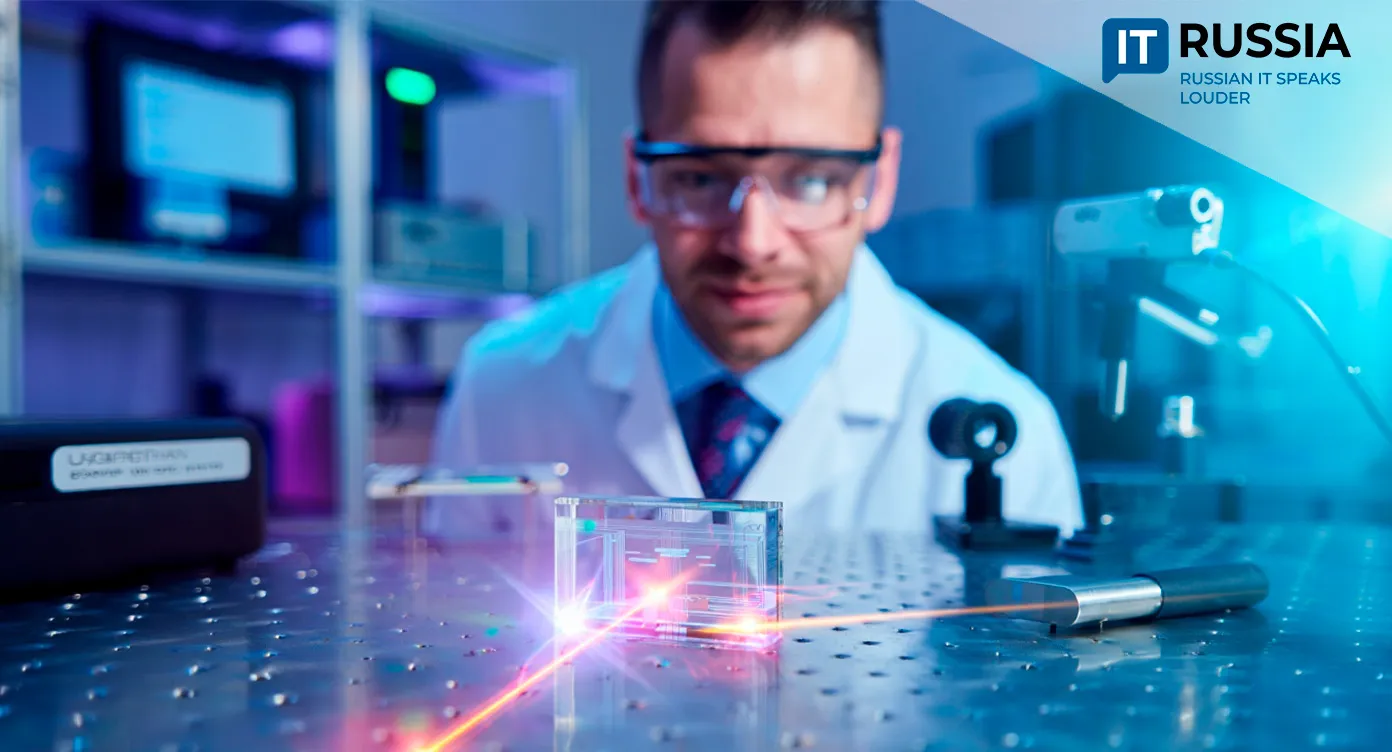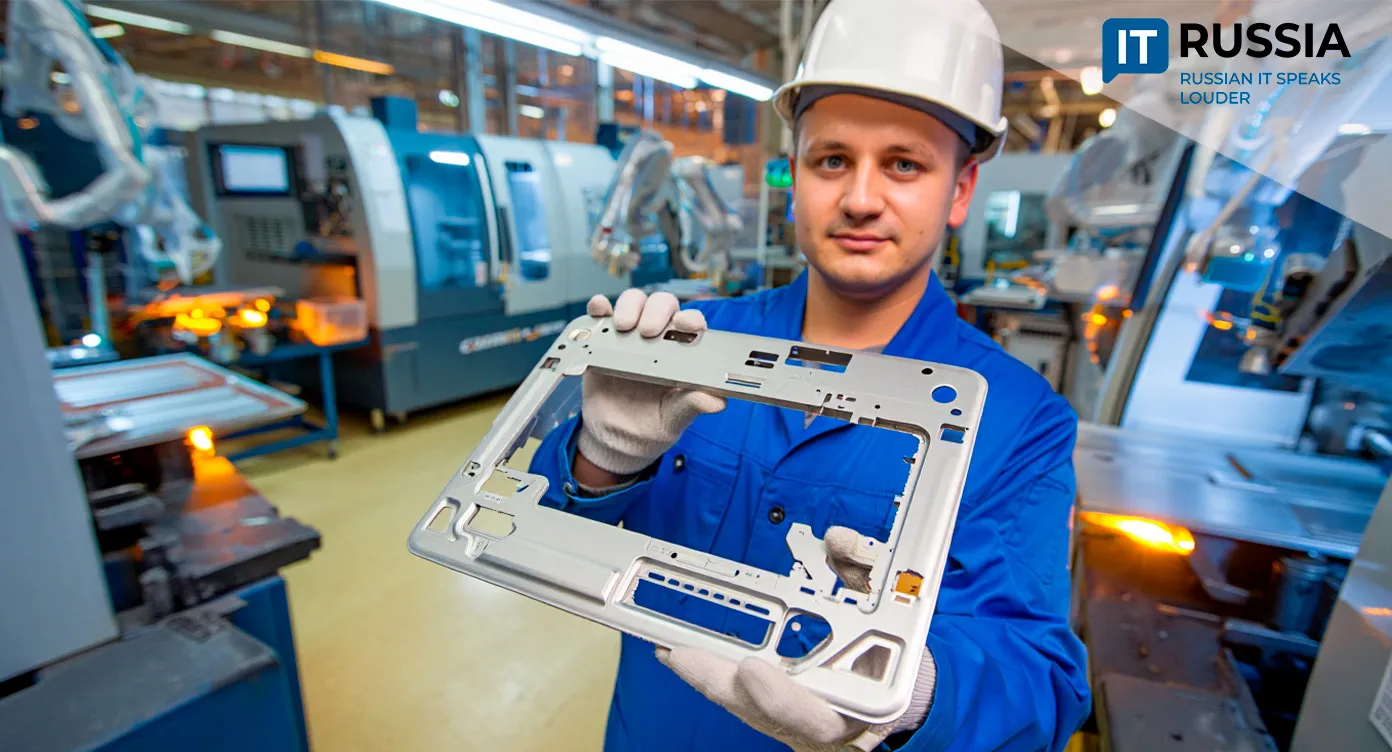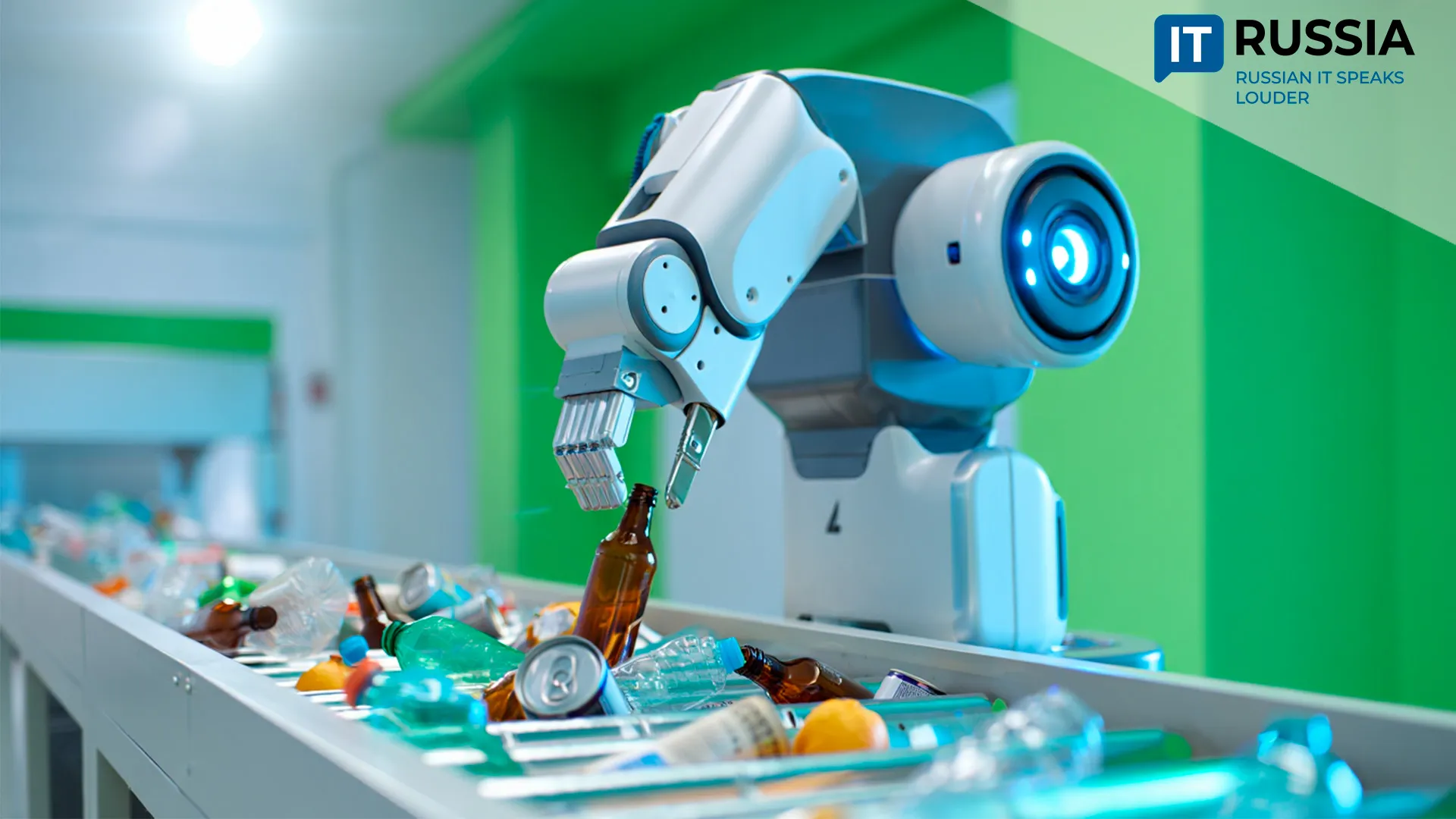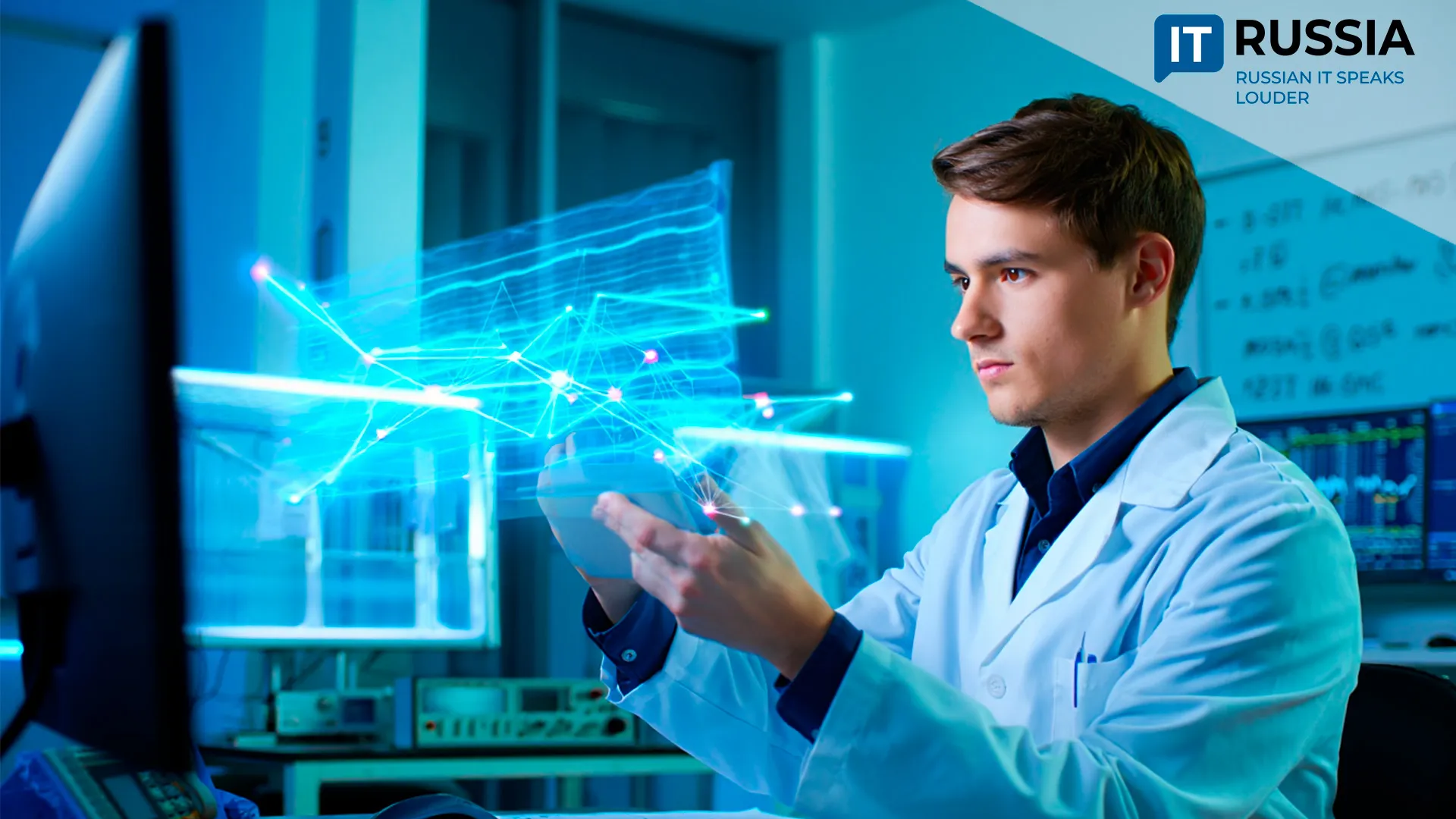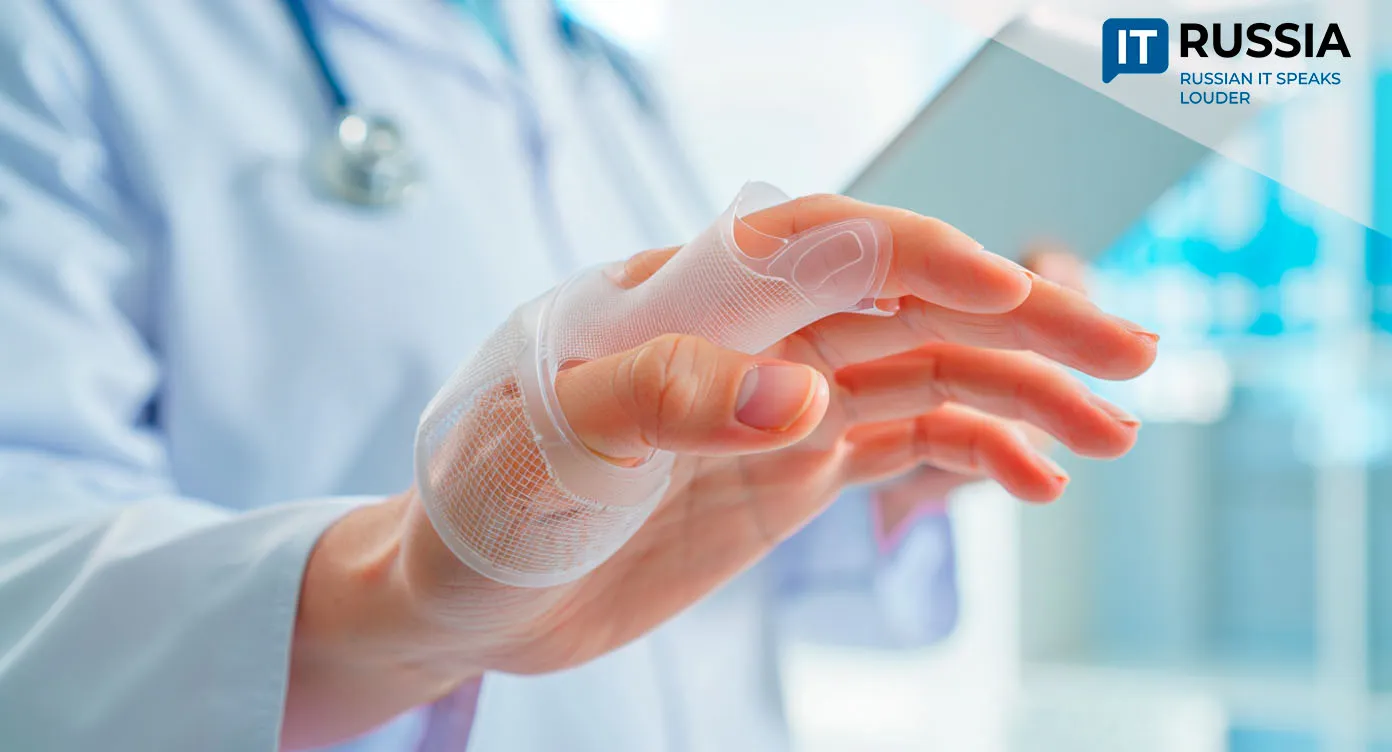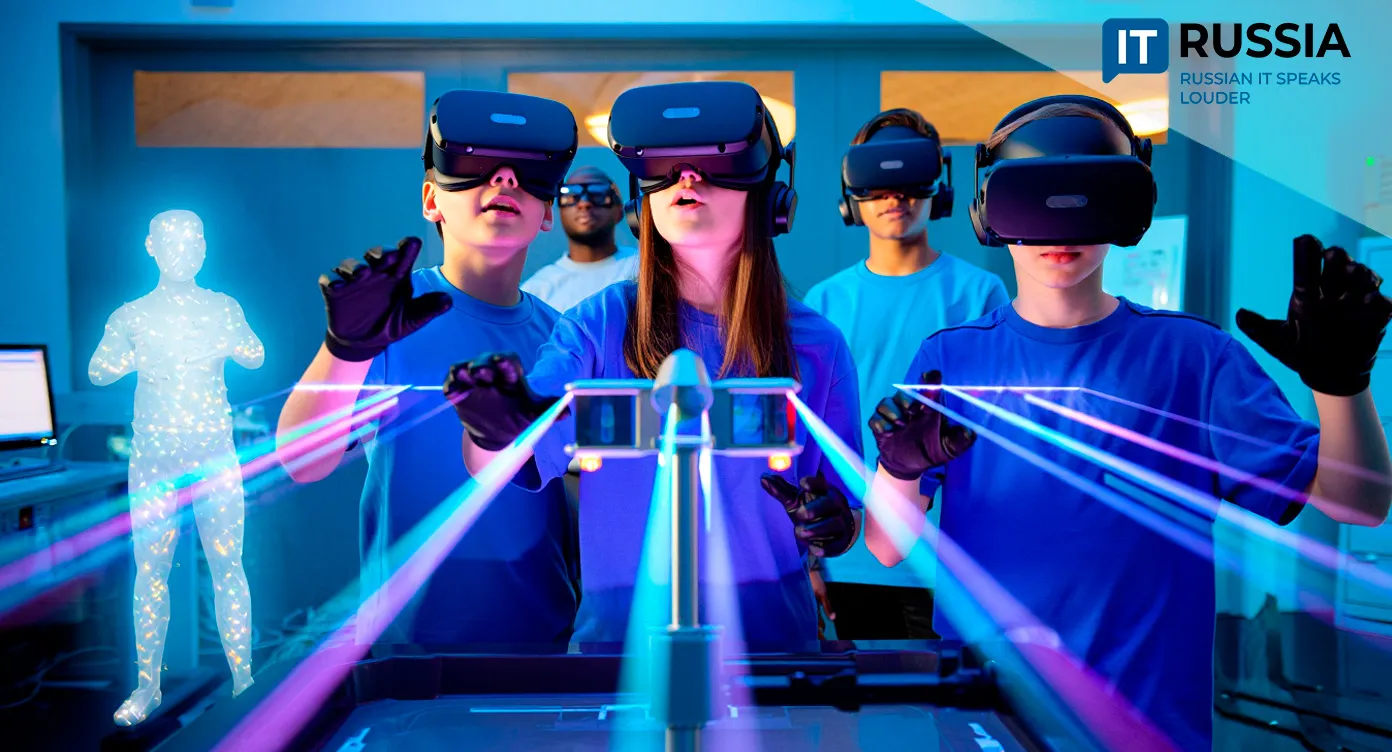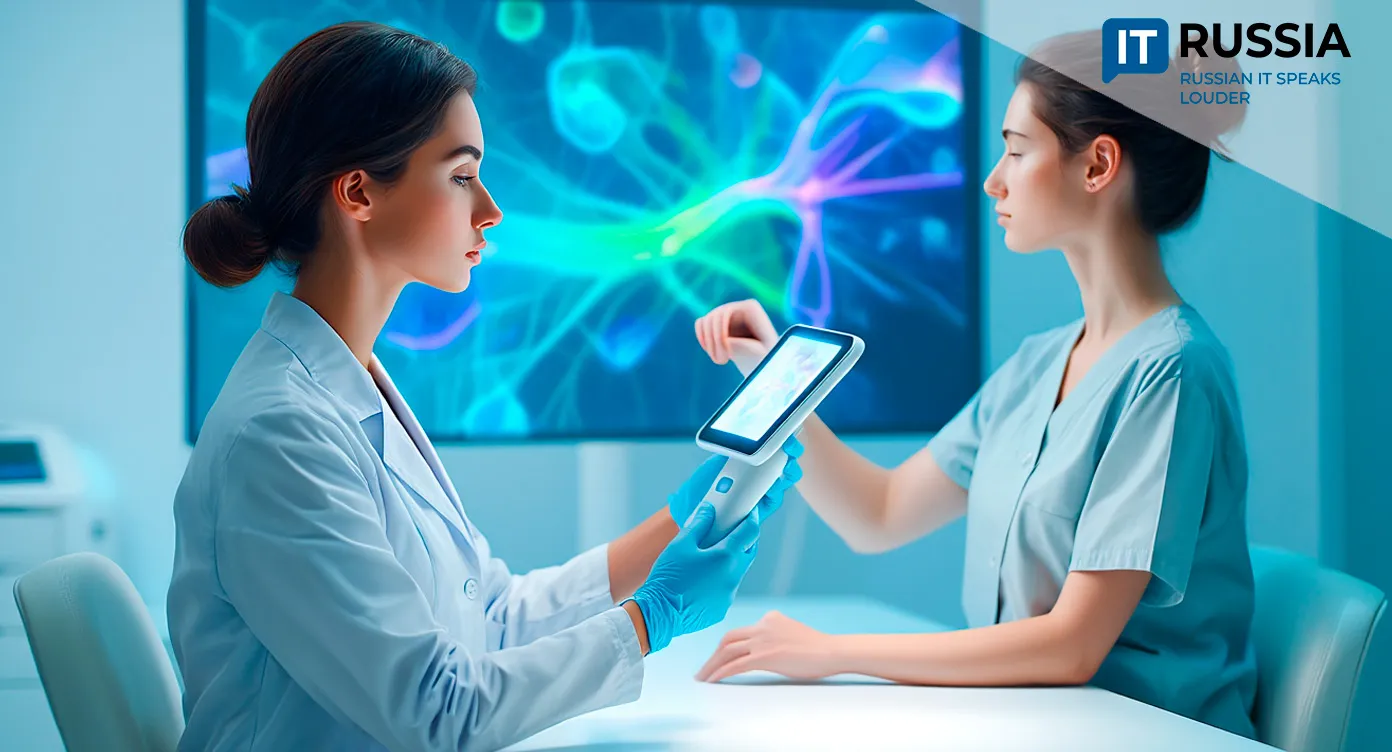Your Digital Twin Has Arrived: Russian Doctors Build Virtual Copies of Patients
Russian physicians are introducing digital twin technology into clinical practice. The first experiments, conducted in cardiology and oncology, focus on improving surgical precision and treatment outcomes. By using virtual replicas of organs, surgeons can plan operations, predict patient responses, and select optimal therapeutic strategies before a single incision is made.
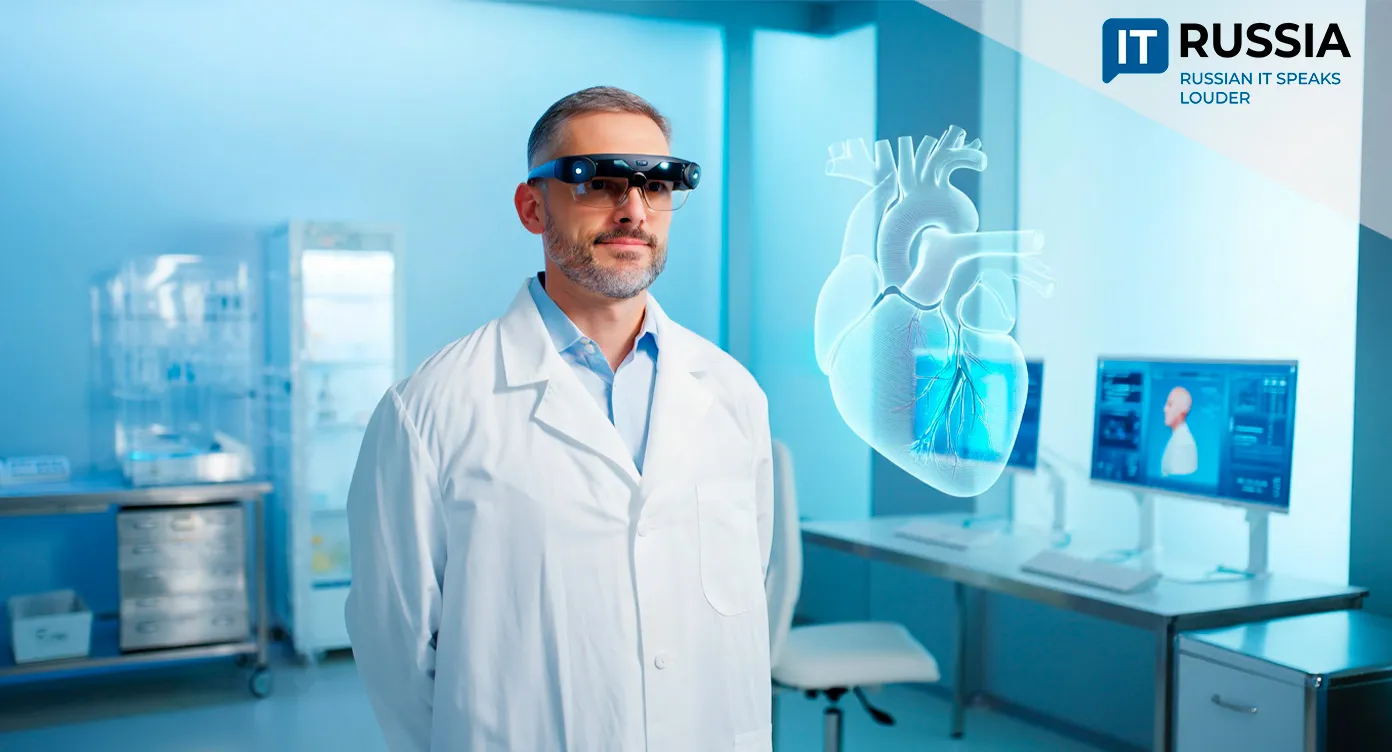
The Virtual Patient
Russian researchers are creating digital models of the heart, lungs, blood vessels, liver, and other organs that can be customized for each individual. According to Professor Filipp Kopylov, Director of the Institute of Personalized Cardiology at Sechenov University, technologies once used in aviation and automotive engineering are now becoming tools of modern medicine.
The project is being developed at the National Research Center for Digital Biodesign and Personalized Healthcare. The team emphasizes that a digital twin allows physicians not only to visualize an organ’s structure but also to simulate surgical interventions in a risk-free digital environment. This capability reduces complications and side effects by orders of magnitude, making surgeries safer and outcomes more predictable.
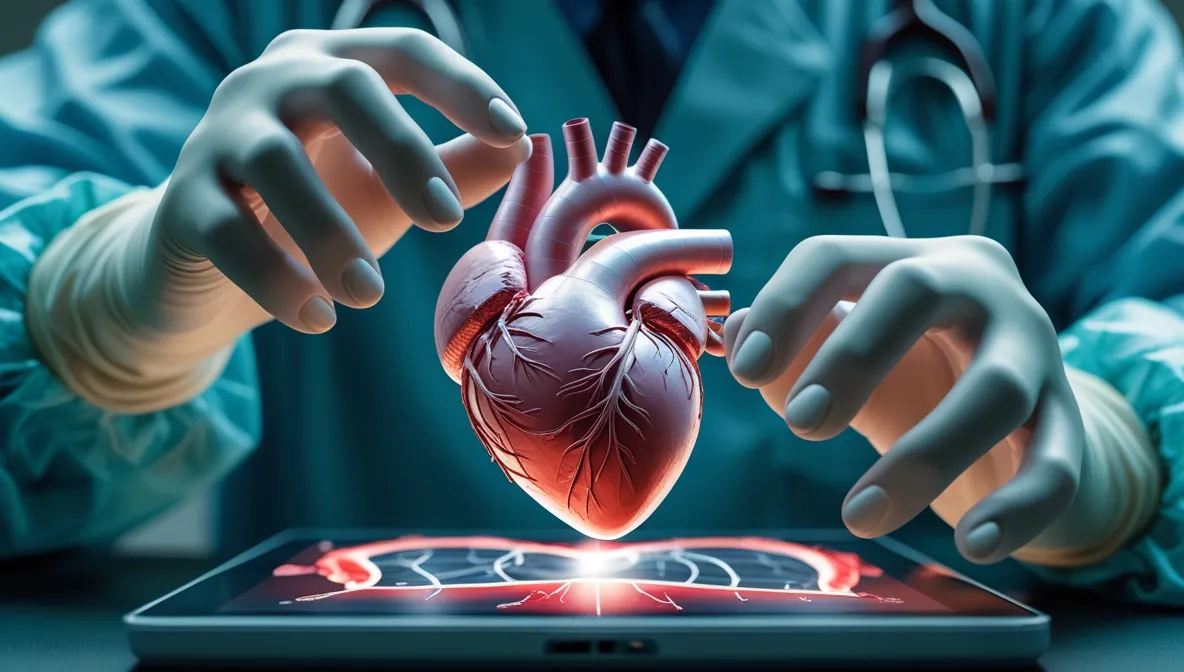
A New Era of Personalized Medicine
The potential of the technology is striking. In the past, surgeons relied primarily on medical imaging and experience; now they have access to precise mathematical modeling. A digital twin incorporates hundreds of parameters — anatomical structure, tissue biochemistry, genetic data, and drug response. AI algorithms analyze this data to suggest the safest and most effective course of action.
In practice, that means physicians can assess whether surgery is necessary at all, and if so, determine the least invasive method. For patients with chronic or complex conditions, this represents a major step toward true personalized medicine, where every decision is tailored to the patient’s unique physiology.
Digital twins are transforming not only surgery but also pharmacology and medical device development. Virtual models allow for safe testing of new drugs and devices without risk to real patients, while also enabling ongoing performance monitoring from prototype to clinical use.
The technology is particularly critical in cardiology and oncology, where the number of variables to consider is too vast for any human alone. A virtual replica of the heart or tumor can account for blood flow, tissue deformation, and physiological response to stress or medication. A key advantage of these systems is their ability to self-learn: as more data is fed into the models, their accuracy and predictive power improve continuously. Current algorithms already simulate complex physiological dynamics such as blood pressure variations under different clinical scenarios — from congenital heart defects to drug interactions.
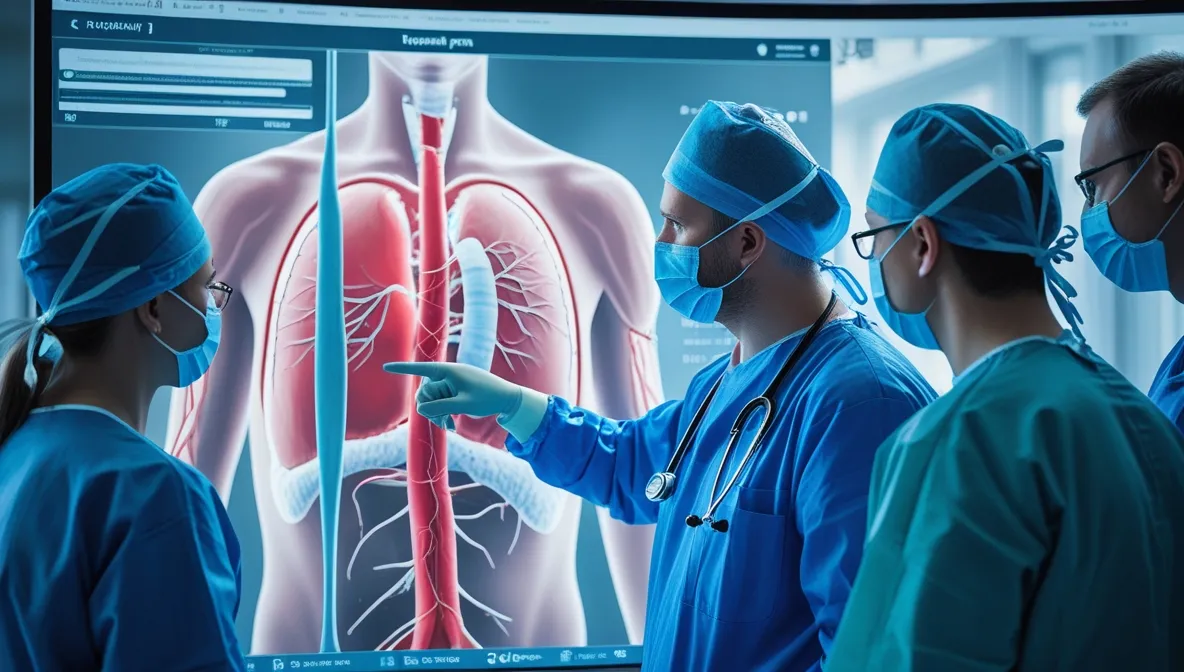
Strategic and Global Significance
The fact that such research is being implemented in Russia carries strategic importance. Russia is not merely adopting frontier technologies but is developing independent, homegrown solutions — free from dependence on foreign platforms. The computing infrastructure, software, and algorithms are all built domestically by Russian engineers and medical scientists.
This independence reduces technological vulnerability and opens opportunities for export. Once validated, Russian-made digital twins could attract strong interest from clinics in Asia, the Middle East, and Latin America — regions rapidly investing in healthcare innovation.
Moreover, the initiative strengthens collaboration between medicine and the IT sector. An entire ecosystem is emerging around digital twin development: engineers design visualization and 3D modeling algorithms, programmers build databases, and clinicians learn how to apply simulation results in real-world settings.
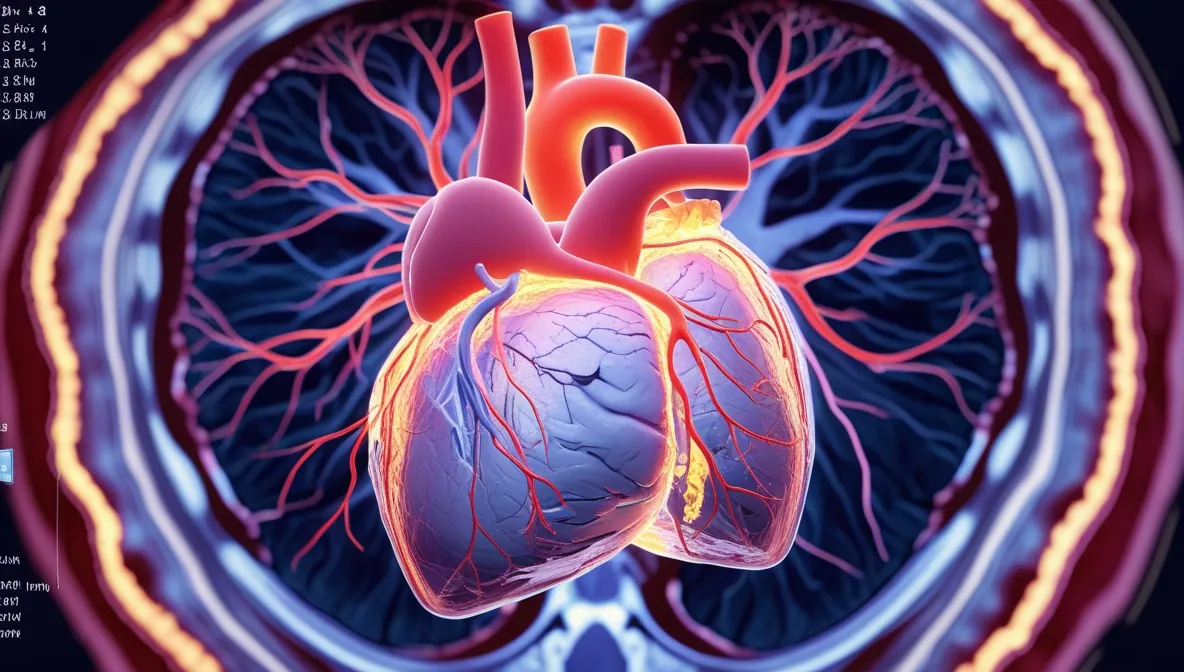
Outlook and Future Development
Over the next one to two years, digital twin technologies will be deployed in Russia’s leading clinics, particularly in cardiology, oncology, and vascular surgery. Later, applications will expand to orthopedics, endocrinology, and nephrology. In the medium term, personalized digital models may become an integral part of the national healthcare system — enabling dynamic patient records and data-driven treatment planning.
In the long run, researchers envision creating full-body digital twins, enabling medicine to shift from reactive care to predictive and preventive health management. AI-driven algorithms could fine-tune therapy down to individual biological responses, while physicians oversee treatments in real time.
Russia’s Role in the Global Context
In many countries, digital twin research is only in its early stages. Russia is among the few nations that have already moved from experimentation to real-world implementation — a reflection of the maturity of its scientific community and its strong integration of medicine, mathematics, and information technology.
As artificial intelligence becomes central to the global economy, the introduction of digital twins into healthcare underscores Russia’s ability to achieve world-class innovation. It also opens doors for international collaboration, positioning the country as a provider of advanced medical technology solutions.


